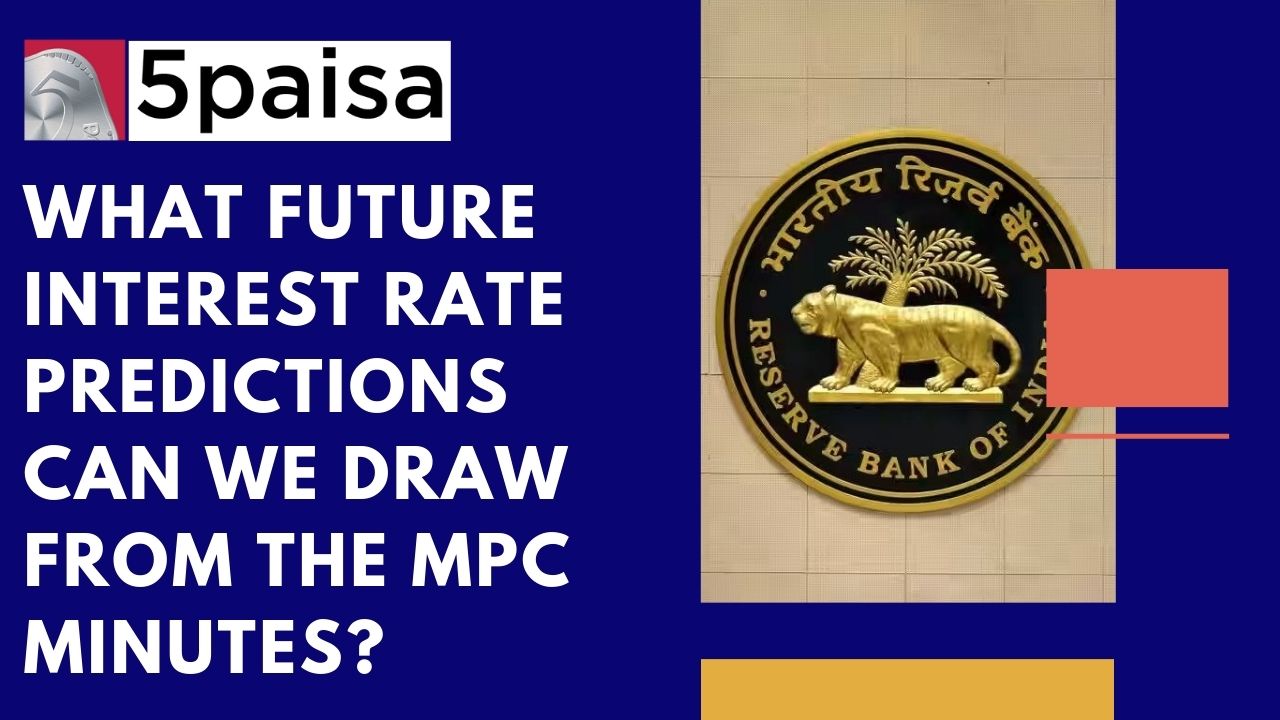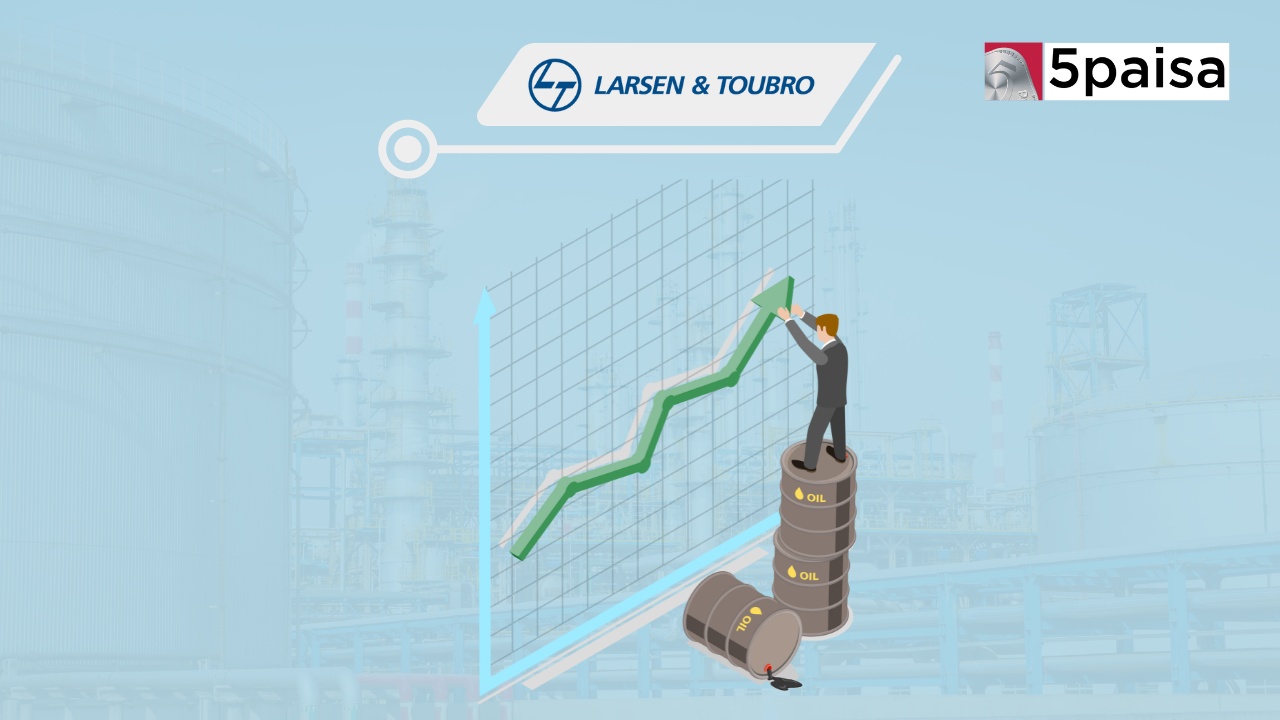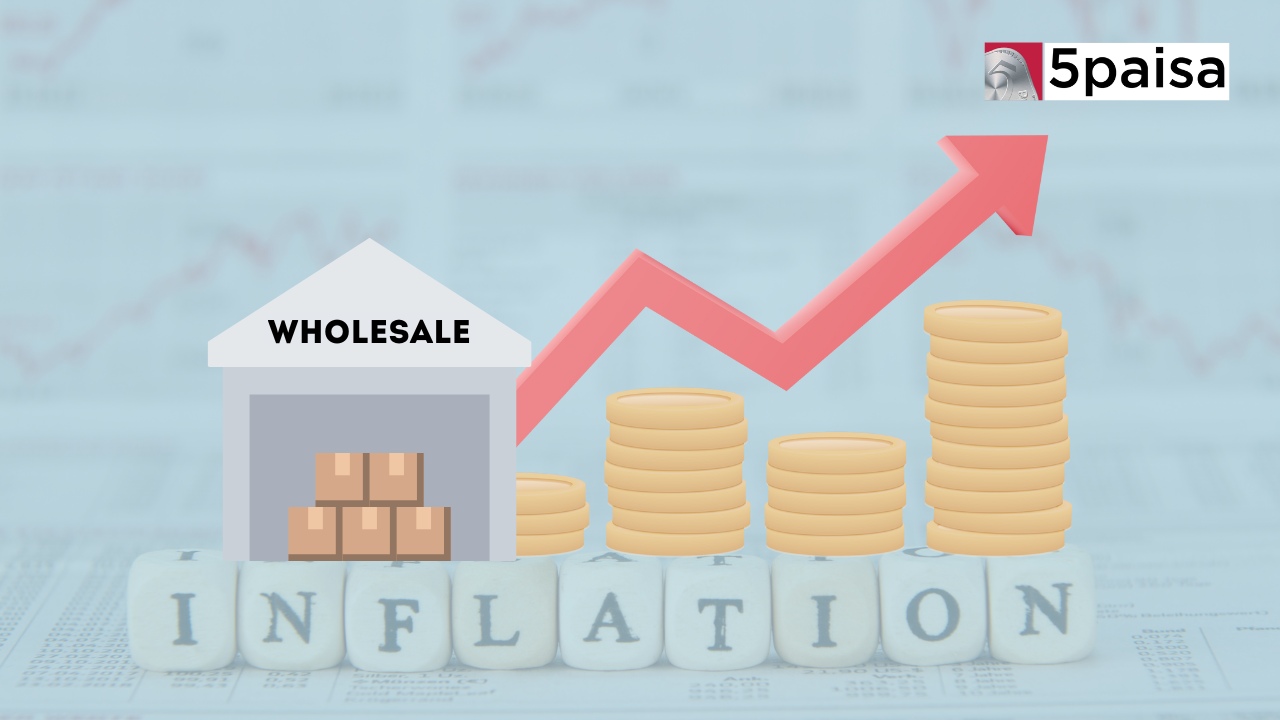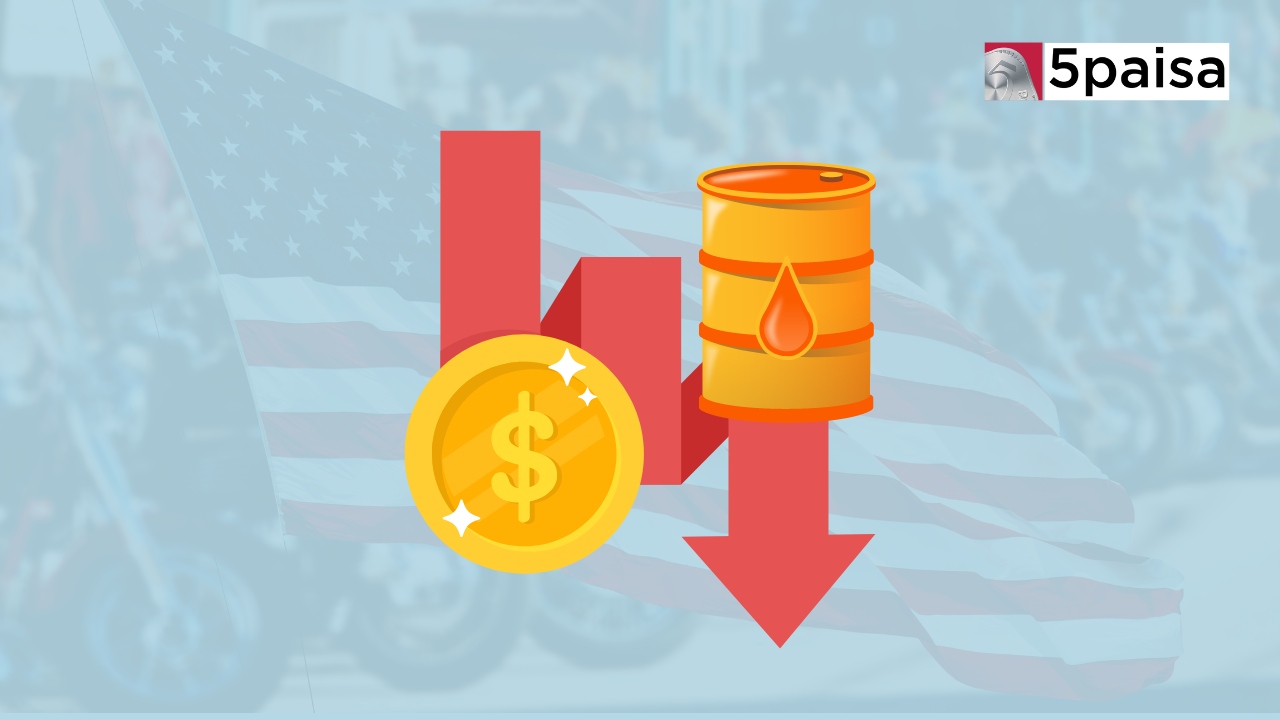L&T Eyes $50-$60 Billion Projects by FY25, Plans Major O2C Investments
What the MPC minutes tell us about future interest rates?

Last Updated: 22nd April 2023 - 10:57 pm
On 20th April 2023, the RBI released the minutes of the Monetary Policy Committee (MPC) meeting held between 03rd April and 06th April 2023. The RBI publishes the detailed minutes of the MPC meet exactly 14 days after the conclusion of the MPC meet. The minutes give us detailed depositions by each of the six committee members of the MPC and who they justified their vote. As readers may be aware, the RBI MPC had voted unanimously in favour of holding the repo rates at 6.5% in April and had also voted 5:1 in favour of gradual withdrawal of the accommodative stance of the monetary policy.
Broadly, at this juncture, there are 5 scenarios that emerge. RBI has highlighted that the pause in rates should not be construed as the end of the rate hike cycle, but things may not he as simple as that. Hiking rates has a cost in that it increases the cost of funds in the economy, raises the borrowing costs and also depresses valuations of equity. These were already beginning to manifest in various forms, which is why the RBI was worried. With the MPC minutes out, here are the 4 scenarios that emerge today. We also look at the likelihood of each of the scenarios from a pragmatic standpoint.
Scenario 1: This is a pause, not the end of a rate hike
That is exactly what the RBI has said, but things may not be as simple as that. For instance, even before the RBI MPC meet, the trade bodies like CII and the FICCI had been urging the RBI governor to go slow on rate hikes. The rate hikes were hitting the Indian companies in two ways. Firstly, it had led to a sharp fall in the net profit margins of the Indian companies. That was a problem enough. In addition, the interest coverage ratio and the debt coverage ratio were also deteriorating. That is a solvency issue and it could have larger repercussion on the rating of Indian companies. For the RBI, the pause was an experiment but also a mid-way compromise between the demands of macroeconomics and the demands of the industry. The pause may not be the end of the rate hike, but the RBI would surely need a very strong base case to get hawkish all over again.
Scenario 2: This is the end of the rate hikes and expect flat rates to lower rates
That is what the markets would love to hear, but it may not be as simple as that. For example, all the six members of the MPC have admitted that while inflation has come down, the progress till date was far from satisfactory. For instance, the rates had been hiked 250 bps and it would be an effective 315 bps if the reverse repo shift was considered. However, the consumer inflation is still struggling around the 6% mark. Also, there are a number of uncertain factors in the market at this juncture. Firstly, there is the supply cuts by the OPEC-Plus, which could push up crude prices and change the inflation dynamics once again. Secondly, India had erratic monsoons in the last couple of years and that has given rise to bouts of food inflation. That is something that still remains an X-factor. None of the MPC members are really confident about flat or lower rates in the foreseeable future.
Scenario 3: Rate moves from here will be data driven
This looks like good reactionary approach but the RBI also realizes that the need of the hour is not just to react but to pre-empt. While it is true that the rates would eventually be data driven, the above statement does not really give confidence to the markets about what the RBI and the government proposes to do. Of course, it is true that if inflation becomes too much of a problem then the RBI may again turn hawkish. It is also true that, should inflation come down sharply, then the RBI would obviously be inclined to be more liberal in cutting rates from these levels. However, the risk in this approach is that it becomes too reactionary and does not give a good picture to the markets about what is the long term strategy of the RBI and the government on rates.
Scenario 4: Rates data driven, but will use fiscal engines if needed
This in a sense would be the ideal scenario. Monetary policy works best up to a point. Beyond that point, it is a combination of monetary policy and fiscal policy that works best. A tightening of money in the market must be supported by tightening of the fiscal situation too. The reverse situation shall also apply in the case of monetary loosening. Even in such cases, supporting the monetary loosening with fiscal measures would help. In the aftermath of the COVID, India did achieve that quite effectively. However, today when the RBI is trying to curtail inflation, that is not supported with a rapid fall in the fiscal deficit. Such a coordinated action would have actually helped the monetary policy to be more effective.
So, where do rates go from here?
That is the million dollar question. However, one thing comes out pretty clearly from the MPC discussion as captured in the minutes. Repo rates may not be at the top but it is very closer to the top. The consensus is that if one considers the 10 year bond yields and adjusts for current inflation, then the real yield is well above 1%. The real yields look much better if you factor in expected inflation of 5.2%, but we will leave that aside for now. The bottom line is that the potential for rates to flatten or taper from here is much more than the probability that rates would go higher from here. MPC members have expressed apprehensions that taking terminal rates much higher from here could start impacting growth. That is a situation that the RBI and the government would want to avoid. Certainly, that is a situation that the markets would want avoided.
- Flat ₹20 Brokerage
- Next-gen Trading
- Advance Charting
- Actionable Ideas
Trending on 5paisa
05
 Tanushree Jaiswal
Tanushree Jaiswal
Indian Market Related Articles
Disclaimer: Investment in securities market are subject to market risks, read all the related documents carefully before investing. For detailed disclaimer please Click here.
 5paisa Research Team
5paisa Research Team




